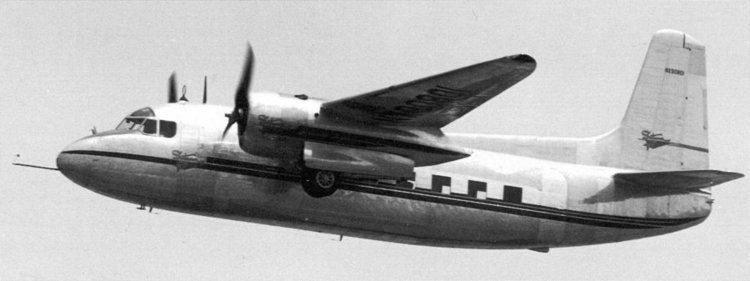Top speed 367 km/h Length 17 m | Wingspan 23 m | |
 | ||
The Lockheed Model 75 Saturn was a small feeder airliner produced by the Lockheed Corporation in the mid-1940s. The design team, led by Don Palmer, created a high-wing, twin-engine monoplane with 14 seats and a top speed of 228 mph (367 km/h). Lockheed touted the Saturn as an airliner to service small towns with limited airport facilities and could take on passengers and cargo without ramps or stairs.
Tony LeVier piloted the first flight on June 17, 1947. Lockheed had received 500 conditional orders for this aircraft, priced at $85,000 each. But, by the time the design was completed, the selling price had risen to $100,000 and these orders had been cancelled, with war surplus C-47s filling the same market at a quarter the price. Lockheed lost $6 million from the development of the two prototypes, which were scrapped in 1948.
Specifications
Data from Lockheed Aircraft since 1913
General characteristics
Performance
